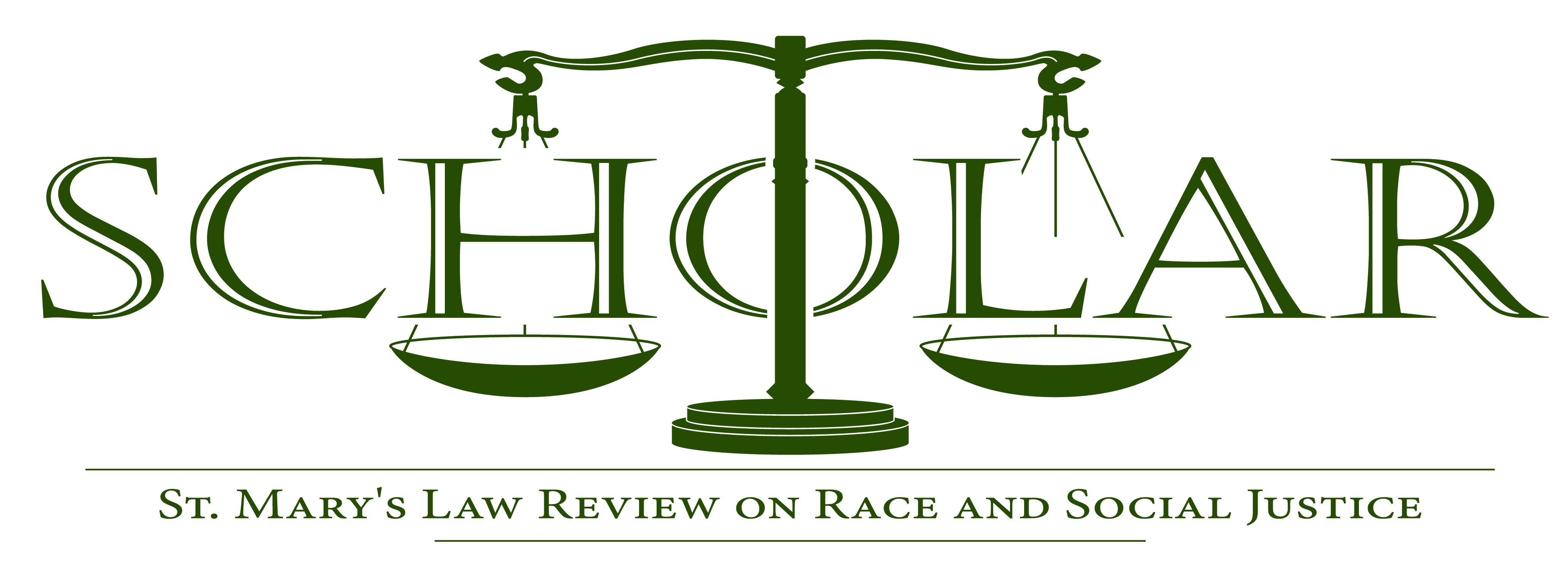
Abstract
The Fair Housing Act (FHA), enacted as Title VIII of the Civil Rights Act of 1968, prohibits the discrimination of the sale, rental, and financing of residential dwellings based on race, color, religion, or national origin. Eventually, Congress amended the Fair Housing Act by adding disabilities and family composition to the list of protected classes. This change was enacted to combat the wide assortment of discriminatory issues that these now-protected individuals experience. Disabled individuals are likely to face discrimination due to the design or construction of residential homes. Though Congress has made a conscious effort to address and minimize the discrimination that comes from residential design and construction, there is still substantial noncompliance with the mandates and accessibility guidelines set forth by the United States Department of Housing and Urban Development.
Determining the limitations for design and construction claims under the Fair Housing Act has proven to be a difficult task for the courts to tackle. Due to the variety of approaches that the courts have taken, it is important for a single solution to be proposed. Courts have since proposed the enactment of a strict two-year statute of limitations. This statute of limitations would commence upon the completion of the design and construction phase of a building or dwelling. Courts have likewise determined that current owners or operators of a building will be liable for any continuing inaccessibility of a structure’s design and construction noncompliance.
While these solutions have struck a balance between residents with disabilities and architects/builders, it would be far more beneficial for the Supreme Court to rule on the issue. Similarly, legislative clarification on the problem would also ensure that willing compliance with the Fair Housing Act’s design and construction requirement are met.
Recommended Citation
Matthew R. Farley,
Boarding up the Fair Housing Act: Time Barring Design and Construction Claims for Handicapped Individuals.,
13
The Scholar
(2010).
Available at:
https://commons.stmarytx.edu/thescholar/vol13/iss1/2
Volume Number
13
Issue Number
1
Publisher
St. Mary's University School of Law
ISSN
1537-405X

